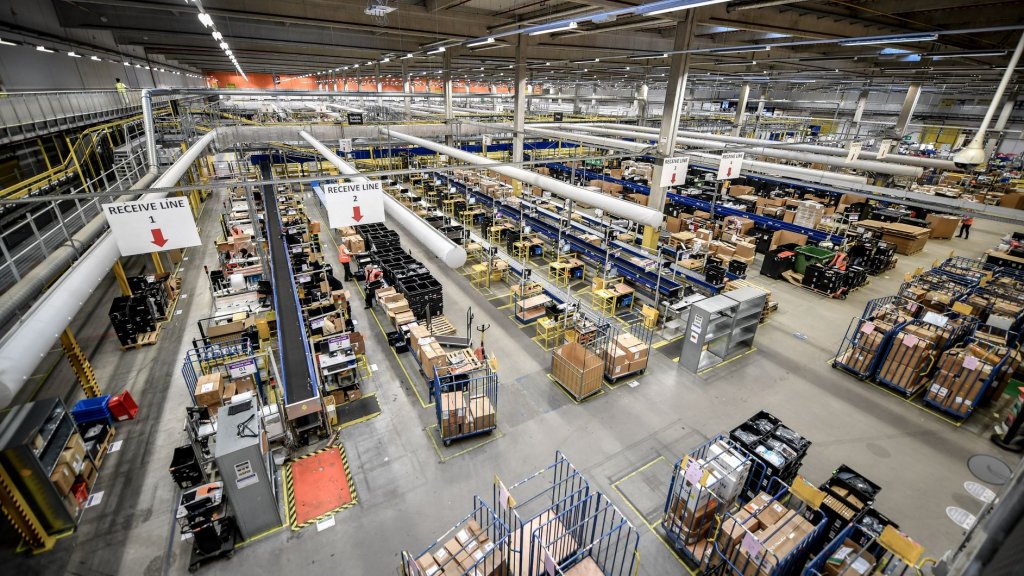How To Improve Your Inventory Management

Many companies have vast inventories to manage. But some don’t do a particularly good job of it. In many cases, they get goods out to customers, but incur high costs along the way.
In this post, we take a look at some of the ways firms can improve their inventory management, become more competitive and provide customers with a better experience.
Use Software
Trying to manage inventory with bits of paper is virtually impossible in today’s world. Inventories are just too large and customers are too demanding.
Software therefore, is critical. It acts as a central database that allows companies to see what stock they have coming in, and what’s going out. Many solutions are custom-made for individual companies, providing a bespoke solution that maximises efficiency. It’s a good idea to use these systems to connect with supplier databases so that people can see the state of the supply chain.
Increase Product Density
Renting warehouses isn’t always cheap, and so companies need to find ways to use the space they require as efficiently as possible. Using a simple pallet rack is perhaps the best way to achieve this. These systems allow you to store products both horizontally and vertical, using all of the dimensions available to you.
Be Flexible With Your Product Lines
Demand for products in your inventory could spike at any time, so it helps to be flexible with your SKUs. The best way to do this is to use demand planning software that takes data from multiple sources so that you can get a heads-up for demand spikes, allowing you to react quickly.
Get Rid Of Slow-Moving Inventory
Slow moving inventory is a real problem for businesses. It takes up a lot of space in the warehouse but it doesn’t generate a huge number of sales. The trick here is to minimise the amount of space that you dedicate to it.
All too often, companies will set aside vast areas of their warehouses for stock that doesn’t move quickly while, at the same time, leaving relatively little for anything else.
Reduce Losses
Inventory management also requires managers to minimise shrinkage wherever possible. Shrinkage is a catch-all term that involves damage, theft and loss. Companies experience it all the time, but it is something that shouldn’t occur at all.
Many brands, therefore, adopt a zero shrinkage policy. So instead of accepting a shrinkage rate of 1 percent as “part of the cost of doing business,” they investigate every instance of shrinkage and find ways to eliminate it.
This approach to shrinkage is no-nonsense and prevents staff complacency. Everybody knows that all items are essential for the success of the company, so they do not permit any losses.
Set Healthy Minimums
Do you know how you would respond if demand for your products suddenly spiked? Most companies would simply have to put out a notice saying that they were out of stock. But if you keep healthy minimums, you won’t have to do this. You can soak up demand while you wait for suppliers to deliver new items.




